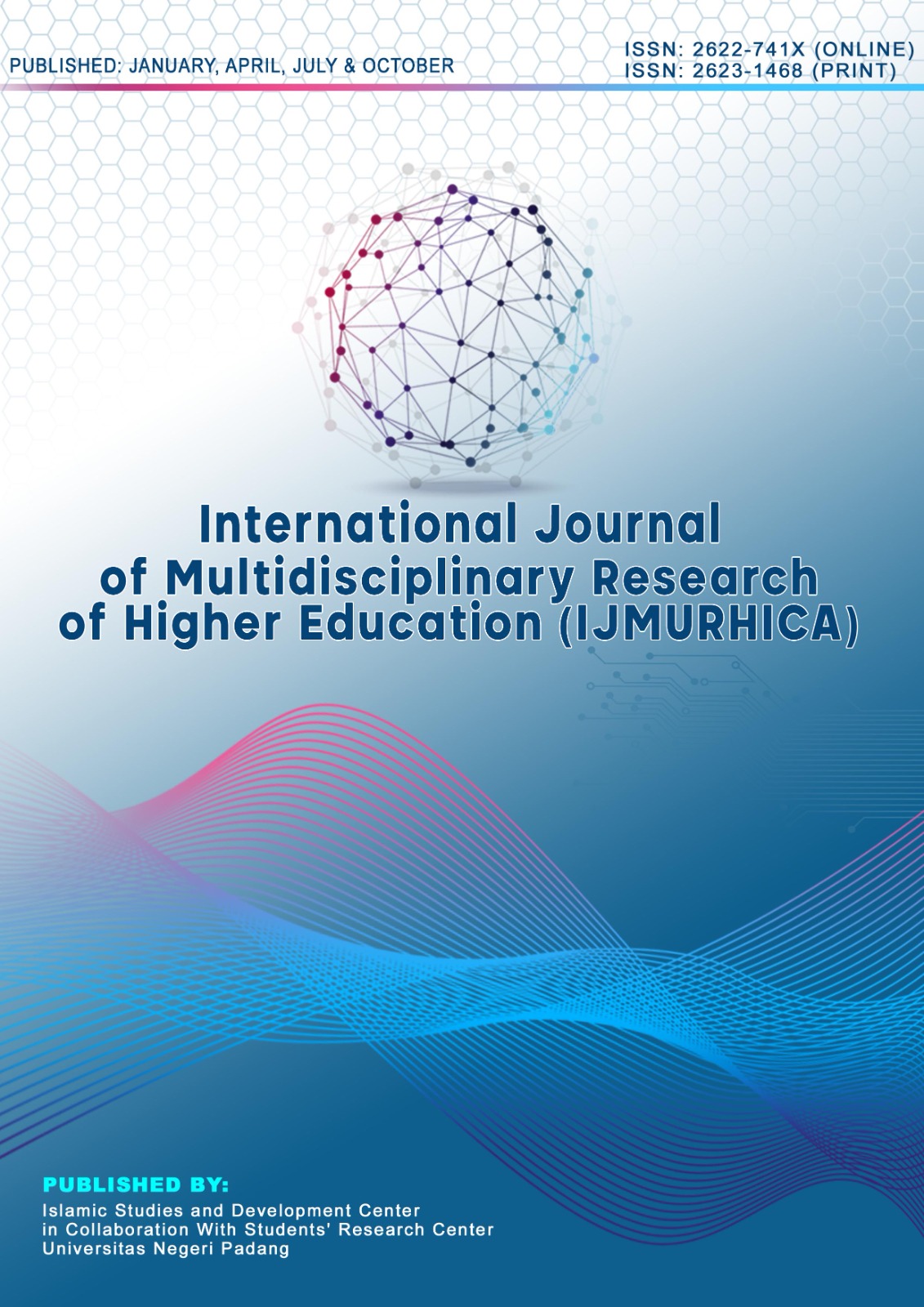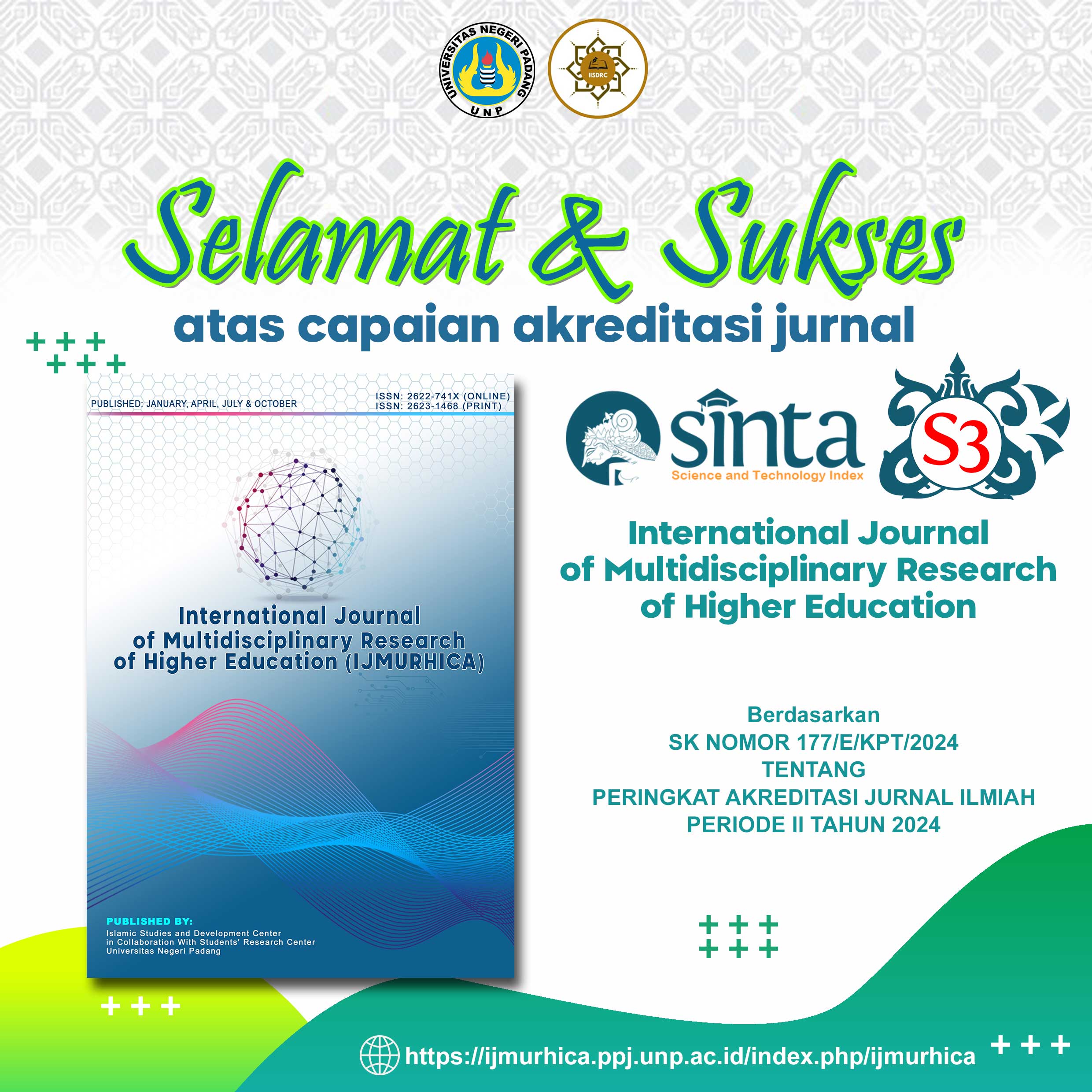Muslim Perceptions of Islamic Insurance: An Analysis of the Fatwa by Indonesia’s National Sharia Council
DOI:
https://doi.org/10.24036/ijmurhica.v8i4.438Keywords:
Sharia insurance, Fatwa of the National Sharia Council of the Indonesian Ulema Council, public perception, sharia financial literacy, transparency in fund managementAbstract
This study examines how the public interprets the implementation of the Indonesian Ulema Council's National Sharia Council Fatwa on sharia insurance in sharia insurance products. The approach used is descriptive qualitative through in-depth interviews with six informants selected purposively. The data was organized and read repeatedly, then analyzed thematically to find patterns of views, especially related to contracts, tabarru' fund flows, and the claims process. The results show an initial positive attitude due to the religious legitimacy of the fatwa, but technical understanding is still limited. Doubts mainly arise regarding the differences in principles with conventional insurance, clarity of costs, transparency of fund management, and the speed and certainty of claims. Perceptions are influenced by religious values, exposure to information, level of education, the influence of family/religious leaders, and service experience. The study recommends simple one-page product communication, ongoing community-based education, and concise periodic reporting to make fatwa implementation more effective, increase trust, and strengthen interest in participating in Islamic insurance.
Downloads
Downloads
Published
How to Cite
Issue
Section
License
Copyright (c) 2025 Silviani Pulungan, Nurul Jannah, Nursantri Yanti

This work is licensed under a Creative Commons Attribution-ShareAlike 4.0 International License.






